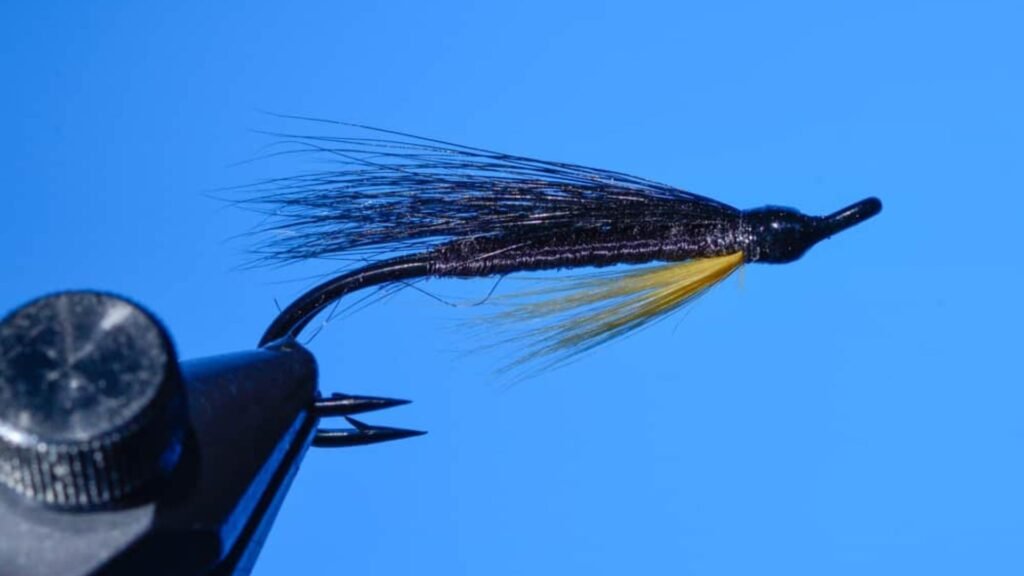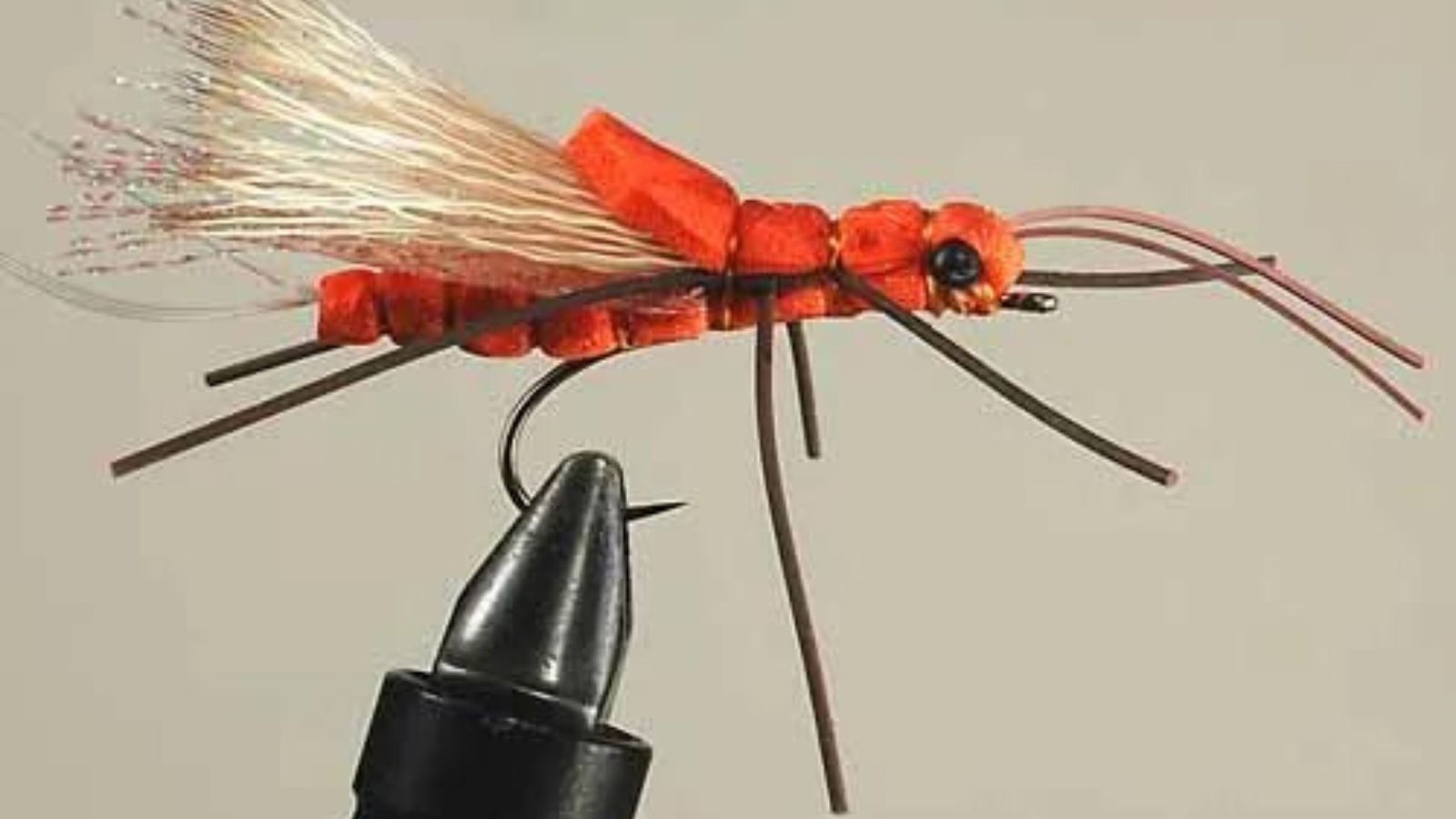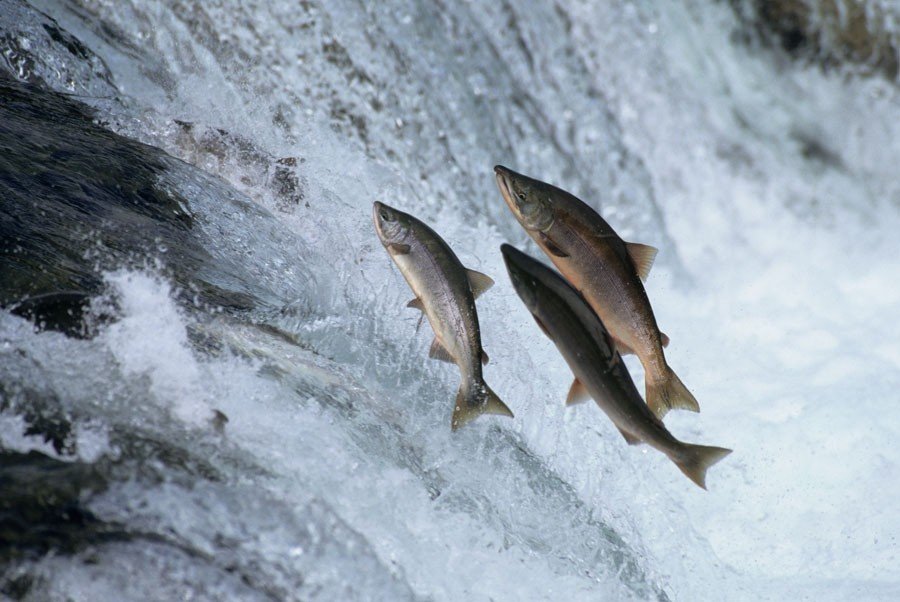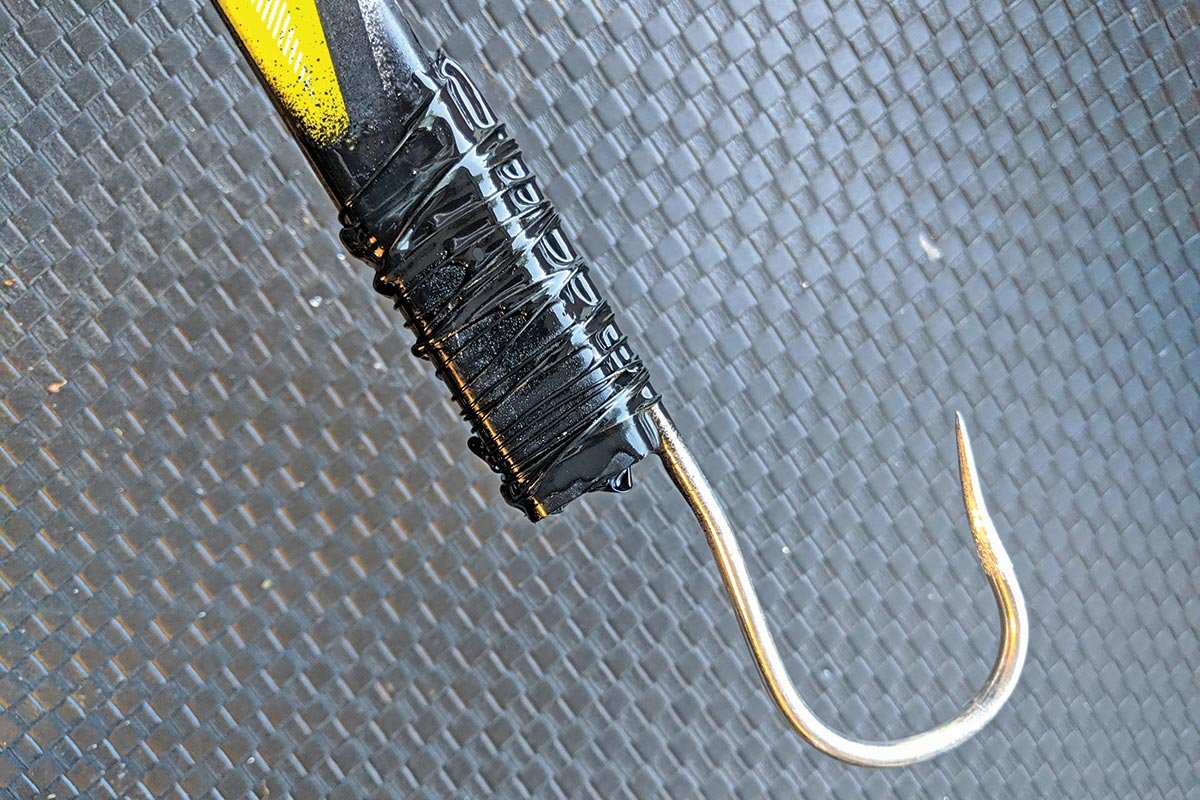Creating custom salmon fly patterns adds a personal touch to your fishing experience and can improve your chances of success. By understanding basic fly-tying techniques and experimenting with materials, you can craft flies that effectively mimic natural prey and attract fish.

How to Create Custom Salmon Fly Patterns
Understanding Salmon Fly Anatomy
Before tying flies, familiarize yourself with the basic components of a salmon fly:
- Hook: Provides the foundation for the fly.
- Thread: Used to secure materials to the hook and create the body.
- Tail: Mimics the tail of insects or small fish.
- Body: Represents the main body of the insect or baitfish.
- Wings: Mimic the wings of insects or the profile of small fish.
- Hackle: Adds movement and lifelike action to the fly.
- Head: Secures the materials and finishes the fly.
Tools and Materials
Gather essential tools and materials for fly tying:
- Vise: Holds the hook securely while tying.
- Scissors: Used for trimming materials.
- Bobbin: Holds the thread while tying.
- Materials: Choose feathers, fur, yarn, and synthetic materials based on the desired fly pattern.
Basic Fly Tying Techniques
Master fundamental fly-tying techniques to create durable and effective flies:
- Thread Wraps: Use consistent thread wraps to secure materials and build the body of the fly.
- Tail and Body: Attach tail materials and build the body using dubbing, yarn, or synthetic materials.
- Wings: Select and position wing materials to create a realistic profile.
- Hackle: Wrap hackle feathers around the hook to add movement and simulate legs or wings.
- Finishing: Secure materials with thread wraps, trim excess materials, and apply head cement or UV resin for durability.
Choosing Fly Patterns
Select fly patterns based on local insect hatches and fishing conditions:
- Dry Flies: Mimic insects that float on the water’s surface, such as mayflies and caddisflies.
- Wet Flies: Sink below the water’s surface to imitate emerging insects or small fish.
- Streamer Flies: Mimic baitfish and provoke aggressive strikes from predatory fish like salmon.
Designing Custom Patterns
Experiment with color combinations, sizes, and materials to create unique fly patterns:
- Color Selection: Choose natural or bright colors based on water clarity and fish behavior.
- Size: Match the size of the fly to the insects or fish present in the water.
- Materials: Combine feathers, fur, synthetic fibers, and beads to achieve desired patterns and textures.
Testing and Adjustments
Field-test your custom fly patterns to evaluate their effectiveness:
- Trial Runs: Fish with your flies in different water conditions and observe fish reactions.
- Feedback: Seek input from fellow anglers or guides to refine your patterns.
Conservation and Ethics
Practice ethical fly fishing techniques to protect salmon populations and their habitats:
- Barbless Hooks: Use barbless hooks to minimize harm to fish during catch and release.
- Regulations: Follow fishing regulations regarding catch limits, seasons, and designated fishing areas.
Conclusion
Creating custom salmon fly patterns enhances your fly fishing experience by allowing you to tailor flies to specific fishing conditions and preferences. By mastering basic tying techniques, experimenting with materials, and testing your patterns, you can craft effective flies that attract and hook salmon.




